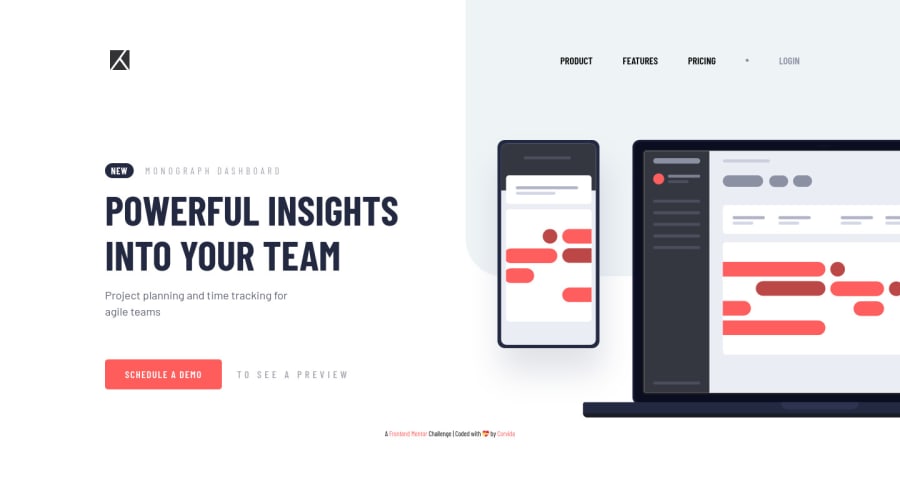
Submitted almost 4 years ago
Project Tracking solution with javascript mobile navigation
@SheGeeks
Design comparison
SolutionDesign
Solution retrospective
Updated my solution on 6/29/21 to incorporate feedback from comments and a few new tricks I've learned since I originally submitted this solution.
Leave a comment below with a rating of 1-10 on my design or code (10 being the highest compliment).
Community feedback
Please log in to post a comment
Log in with GitHubJoin our Discord community
Join thousands of Frontend Mentor community members taking the challenges, sharing resources, helping each other, and chatting about all things front-end!
Join our Discord
